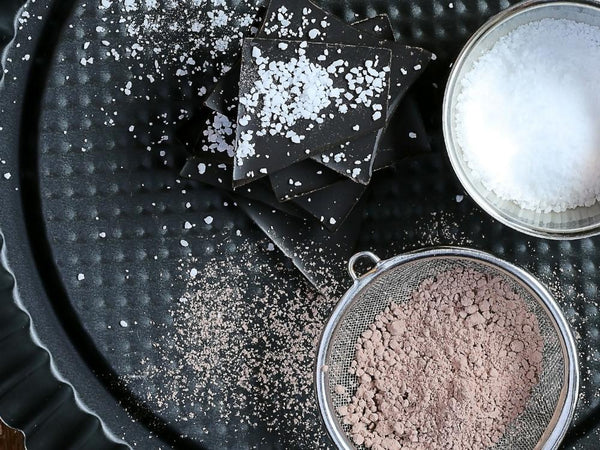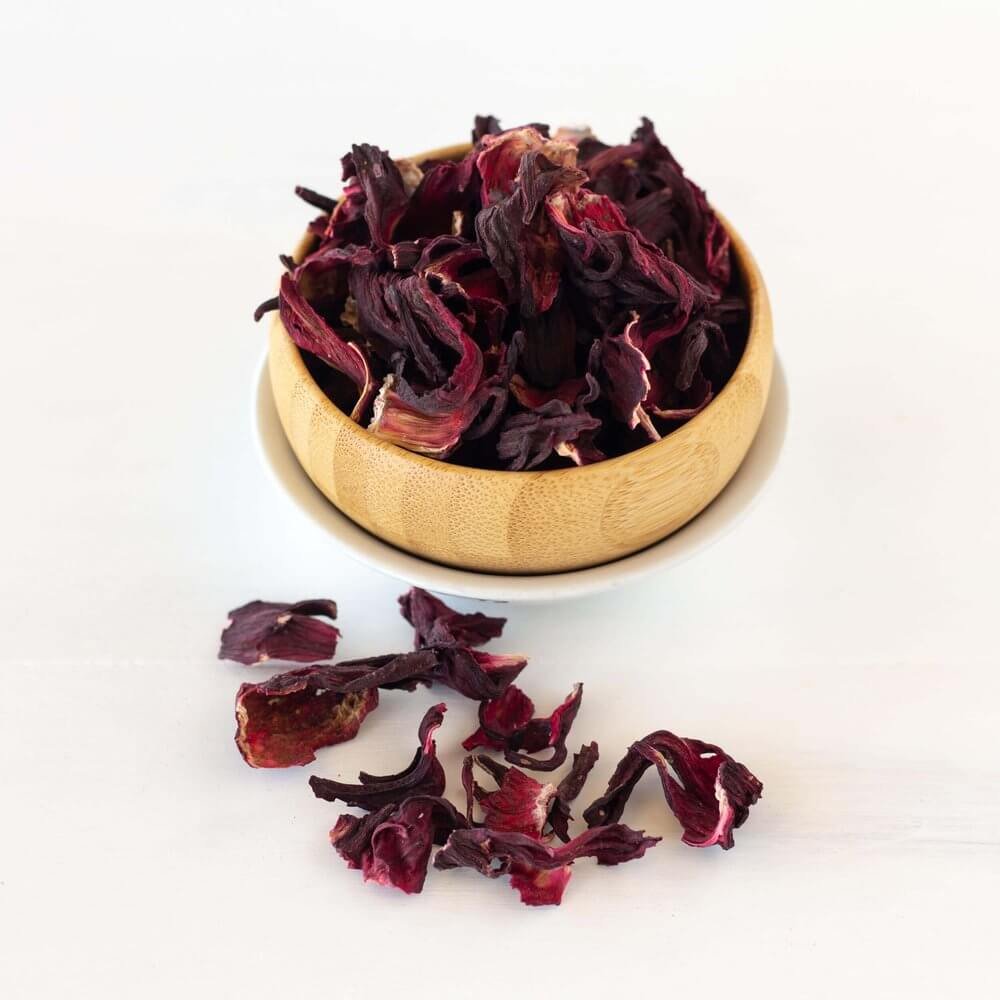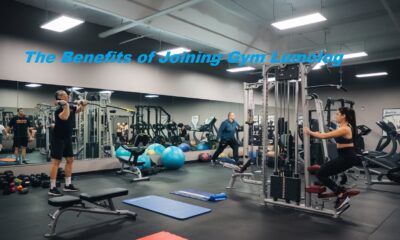Health
How is Occupational Therapy Beneficial to You and Your Family?

Occupational therapy is helping you or your loved ones perform tasks that are important to you. OT allows people of all ages to improve their abilities in everyday activities.
Occupational therapists use various techniques to help patients recover from injuries or disabilities and improve their lives. During therapy, they work with their patients to set goals and create a plan of care.
Occupational therapists work with children and adults
Occupational therapy helps people of all ages improve their ability to do the tasks they need to do to live independently. That could be learning at school, completing daily tasks, playing sports, or just getting out and enjoying life. Children with sensory processing issues and those developing at a slower rate often benefit from occupational therapy. These kids may struggle to concentrate or attend class because they’re overwhelmed by loud noises, bright lights, or visual stimuli. OTs help children develop their attention, focus, and self-help skills by assisting them in managing their behavior. They also teach children strategies to overcome their specific challenges.
They help people with physical disabilities
Occupational therapists help people with physical disabilities regain independence and participate daily. This includes activities such as bathing, dressing, and eating. OTs also teach patients skills for managing pain and frustration. OTs work in various settings, including hospitals, offices, rehabilitation facilities, and nursing homes. Their goal is to restore patients’ function and mobility, relieve pain and prevent or limit permanent physical disabilities. To become an occupational therapist, you need to earn a bachelor’s degree in a field related to occupational therapy, such as kinesiology, biology, health science, or psychology. You must complete a clinical internship to gain hands-on experience working with patients. OTs use a patient-centered approach and implement techniques that suit their needs. They also assess a client’s environment and make changes in it to help them improve their quality of life. This can include reasonable modifications such as lever door handles, automated doors, grab rails, and stair lifts.
They help people with mental disabilities
Occupational therapy is a broad field that includes working with people struggling with mental health issues. Occupational therapists are skilled in helping patients return to meaningful tasks and routines vital to their mental health. They also work with patients who have physical disabilities or chronic illnesses that impact their ability to do specific tasks. For example, an OT might help people with spinal cord injuries or cancer improve their mobility.
These therapists are trained to adapt everyday activities and routines to be more comfortable, productive, and enjoyable for everyone involved. Whether improving handwriting skills or getting someone to sit up properly, an occupational therapist can help them do what they need to do.
OTs are also trained to understand the underlying physiological influences that cause emotional reactions or symptoms in individuals with mental illness and can use this knowledge to help patients cope. They may use cognitive-behavioral techniques to help patients change their negative thoughts and habits that have caused or exacerbated their mental health problems.
They help people with chronic diseases
Suppose you have a chronic disease such as arthritis, diabetes, or cancer or a mental health condition such as depression or infertility. In that case, an occupational therapist can help you manage your symptoms and set goals for healthy lifestyle habits that will be sustainable over time.
A patient’s home environment can also be adapted to make it easier or less painful for them to move around and perform activities such as showering, cooking, and getting dressed. In addition, OTs can assist with strengthening and endurance training to improve movement, reduce pain and improve cognitive functioning.
Occupational therapy is an established practice area in primary care. It has a strong history of improving outcomes for clients with multiple chronic conditions (MCC), such as chronic obstructive pulmonary disease (COPD), rheumatoid arthritis, and heart failure. As the nation continues transforming its healthcare system, occupational therapy is uniquely positioned to play a central role in the interdisciplinary team’s approach to managing MCCs.
Health
7 shocking health benefits of maqui

Table of Contents
Health
3 Benefits of salt water and side effects

Discover the 3 shocking health benefits of salt water and side effects.
Sometimes the best remedies in life are the simplest. This is true of an ancient skincare hack known for tightening pores, balancing oil production, and rejuvenating skin.
You won’t need fancy skin creams packed with chemicals and preservatives to achieve a youthful glow after this.
You can start to improve the quality of your skin with just two things: purified water and high-quality salt, and you will see how the benefits of saltwater will work miracles for you.
Health Benefits of saltwater
Since saltwater therapy has been used for centuries throughout the world, including ancient Greece, there is strong anecdotal evidence that it works wonders on the skin.
A handful of studies have found the saltwater bath to be particularly effective for troublesome skin conditions, such as psoriasis.
Saltwater is said to benefit your skin in the following eleven ways:
• Closes open pores
• Absorbs excess oil
• Balances oil production
• Kills acne-causing bacteria
• Diminish scars
• Heals scratches and cuts
• Exfoliates dead skin cells
• Restores the natural pH of the skin
• Improves the barrier function of the skin
• Improves hydration
• Reduces inflammation
1.- Benefits of salt water for acne
If you are lucky enough to live near the ocean, you may already know this beauty secret.
But if you don’t live on the coast, just fan warm salt water the next time you have an outbreak.
Try mixing a cup of purified water with a tablespoon of sea salt.
Use a cotton ball to gently apply saltwater to acne and allow it to dry.
By the way, if you try this treatment and your acne still isn’t clearing up within a day or two, maybe your diet is to blame.
Make sure to avoid sugar, processed junk, gluten, peanuts, yeast, and dairy for a while to see if your skin clears up.
Eat plenty of green leafy vegetables, lean protein sources, and healthy fats like coconut oil and avocados; your skin and waist will thank you.
2.- Benefits of salt water for scratches
If you’ve ever heard the expression “throwing salt on a wound,” you probably aren’t very interested in putting salt water near your scratches.
However, this treatment can be beneficial in killing harmful bacteria and speeding up the healing process.
Research shows that bathing in magnesium-rich Dead Sea salt improves the skin’s barrier function, improves skin hydration, and reduces skin inflammation, which are all the things you’ll need if you have a cut or scratch.
Fill your bathtub with warm water and pour in a cup of sea salt.
Take the experience to the next level by adding 10 drops of lavender essential oil.
The scent will promote a deep sense of relaxation – you may even feel like you are in a spa!
3.- Drink salt water to heal from the inside out
The good thing about salt water is that there are many ways to use it. A glass of warm salt water, called “Sole,” is a great way to start your day and promote internal healing.
As long as you use a natural form of salt (and avoid drinking seawater), it will promote hydration, facilitate digestion, reduce inflammation, improve your sleep, detoxify your cells, improve your bone health, and more.
What does salt do to the body
We rarely think about what goes into nature’s most common treasures, like salt.
This natural mineral comes directly from the earth, formed into crystals from a combination of sodium and chloride.
It is found naturally in seawater, making up at least three percent of our world’s oceans. And when seawater is trapped, the water evaporates and leaves salt crystals.
Despite what you may have heard about sodium and your health, a natural source of salt contains vital nutrients that are important for maintaining optimal well-being.
First, salt provides key minerals like sulfur, calcium, sodium, magnesium, silicon, boron, potassium, bromine, and strontium.
With its rich mineral content, salt can help you lose weight, reduce asthma symptoms, improve blood sugar levels, and regulate heart health.
However, keep in mind that not all salts are created equal. Table salt, for example, is highly processed and bleached before it reaches that little glass bottle.
Unfortunately, during mass production, manufacturers strip you of everything good for your health.
The result is a product that does not resemble its original form and can even harm your health. When doctors warn against consuming too much salt, table salt is what they mean.
For your skincare routine and general health, try using these unprocessed varieties:
Sea salt for skin
Natural sea salt contains the many minerals our bodies need, such as magnesium, calcium, sodium, and potassium.
All of these play a role in the health of our skin, allowing cells to communicate with each other and heal problems that arise.
When you don’t have enough minerals, you will see annoying symptoms like dry skin, dullness, irritation, and blemishes.
Fortunately, sea salt can naturally enhance hydration and strengthen the outer layer of your skin to keep it looking healthy.
Himalayan pink salt for skin
Despite the name, there are no salt mines in the Himalayas. The pink salt slabs come from the Khewra Salt Mine in Pakistan, about 300 miles west of the Himalayas.
As the second-largest salt mine in the world, people have been collecting this commodity for more than 2,000 years.
Only in the last decade has it become popular in Western culture. Salt is made up of 95 percent sodium chloride.
The rest is a mixture of polyhalite and other minerals, which give the salt its characteristic pinkish hue.
Due to the lack of processing, it still contains the beneficial minerals that your skin will love.
As you can see, saltwater provide a series of skincare benefits, so if you want to show off shiny and well-groomed skin, do not hesitate to follow each of the tips in this publication step by step.
Health
12 Benefits of Jamaica flower and side effects

Table of Contents
-

 Benefits4 months ago
Benefits4 months agoThe Benefits of Joining Gym Lumolog – Improve Your Fitness & Health
-

 Food1 year ago
Food1 year ago10 + Benefits of carrot juice and side effects
-

 Health1 year ago
Health1 year ago50 Super Healthy (And Very Often Cheap) Foods
-

 Health1 year ago
Health1 year ago5 Shocking health benefits of kinkeliba and side effects
-

 Food1 year ago
Food1 year ago8 shocking benefits of leek juice and side effects
-

 Health1 year ago
Health1 year agoBenefits of guava leaves Sensually
-

 Weight Loss1 year ago
Weight Loss1 year agoChaz Bono weight loss secret
-

 Health1 year ago
Health1 year ago15 Benefits of lipton tea and side effects
